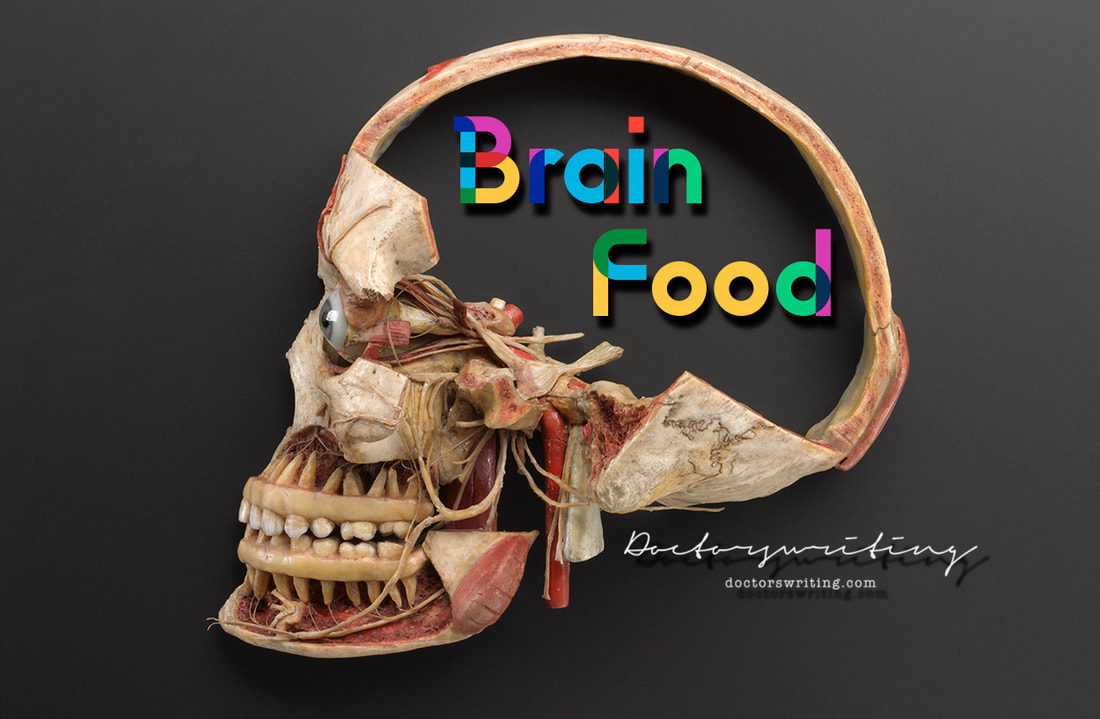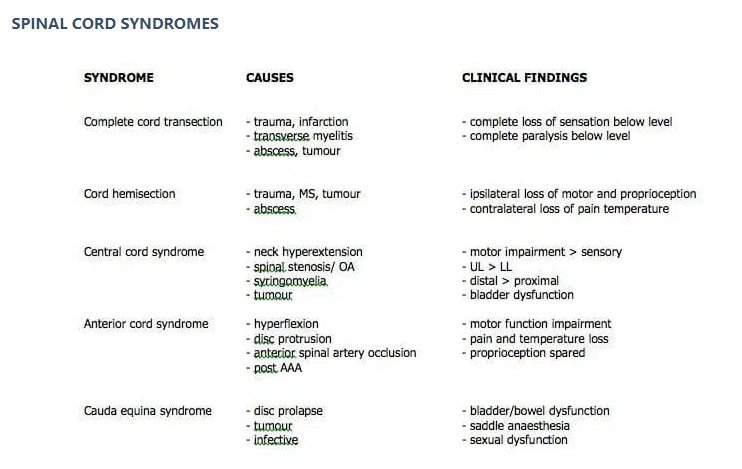| Brain Food is a project to drip feed clinical knowledge (in the form of mock SAQs) to satisfy those hungry neurons. Sources are SA/NT Trial Exam 2021.2 and Monash 2022.1. Answers are prone to ageing. Leave a comment if you don't understand or something doesn't seem right... PS we don't use the mock questions uploaded to ACEMs official mocks |
Vital signs are:
Temp 36.9 degrees C
HR 110 bpm
RR 22 bpm
BP 145/83 mmHg
GCS 14
You have both CT and MRI are available at your hospital.
- Bony structures are better detailed
- Usually readily available cf MRI
- Scan itself is quick cf MRI
- Less expensive
- No risk to medical implants/metal
- No noise / claustrophobia issues
- Faster reporting / EPs more comfortable to report themselves
MRI:
- Better at providing detail of non bony structures
- No radiation exposure
- Very few side effects with MRI contrast
- Can detect subtle bony damage ...in this patient will provide more answers than if CT was first line
- Usually required for surgical planning
2. State which spinal cord syndrome this patient has and list two (2) other
characteristic features?
- Motor impairment> sensory,
- UL >LL,
- Distal >proximal,
- Bladder dysfunction
with two (2) clinical features for each.
- Concurrent Head injury, Agitation
- Respiratory failure
- Associated chest injury
- Aspiration
- Cord injury >C6
- Airway obstruction due to expanding haematoma or laryngeal injury



 RSS Feed
RSS Feed
